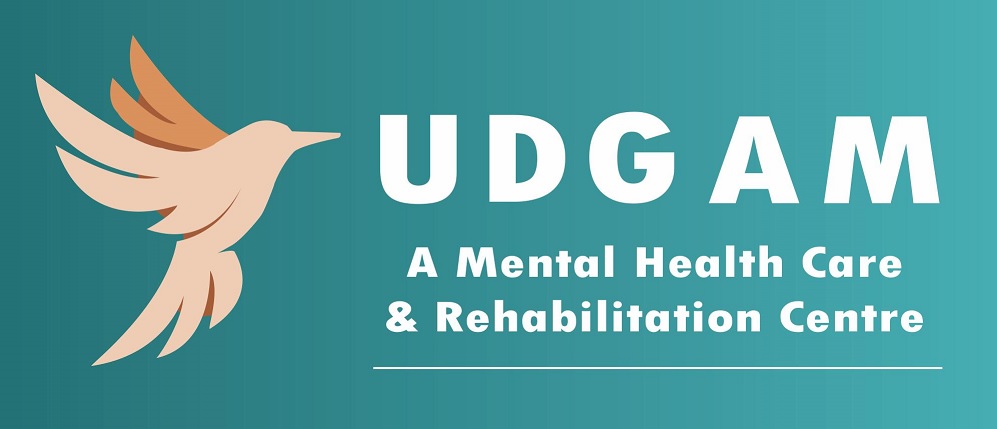What are Communication Disorders in Children?
 Communication disorders encompass a range of conditions that affect an individual's ability to communicate effectively. These disorders can impact various aspects of communication, including speech, language, and fluency. Here are some common communication disorders:
Communication disorders encompass a range of conditions that affect an individual's ability to communicate effectively. These disorders can impact various aspects of communication, including speech, language, and fluency. Here are some common communication disorders:
Speech Sound Disorder (SSD):
- Description: Speech sound disorder involves difficulties in articulating sounds correctly. Children with SSD may have trouble pronouncing certain sounds, making their speech unclear or difficult to understand.
- Symptoms: Substituting, omitting, or distorting speech sounds; difficulty with articulation or phonological processes.
Language Disorder:
- Description: Language disorder refers to difficulties with comprehension or expression of spoken or written language. It can affect vocabulary, grammar, and overall language organization.
- Symptoms: Limited vocabulary, incorrect word usage, difficulty forming sentences, challenges in understanding or following directions.
Stuttering (Fluency Disorder):
- Description: Stuttering is a fluency disorder characterized by disruptions in the normal flow of speech. This can manifest as repetitions of sounds, syllables, or words, prolongations of sounds, or blocking of speech.
- Symptoms: Repetitions, prolongations, or blocks in speech; tension or struggle during speech; avoidance of certain words or situations.
Voice Disorders:
- Description: Voice disorders involve abnormalities in pitch, loudness, or quality of the voice that interfere with communication. This can result from issues with the vocal cords or other parts of the vocal tract.
- Symptoms: Hoarseness, pitch problems, breathiness, vocal fatigue, or other changes in voice quality.
Pragmatic Language Disorder:
- Description: Pragmatic language disorder affects the social use of language. Individuals with this disorder may struggle with using language appropriately in social situations, understanding nonverbal cues, and following conversational rules.
- Symptoms: Difficulty maintaining eye contact, challenges in turn-taking during conversations, inappropriate responses in social situations.
Selective Mutism:
- Description: Selective mutism is characterized by consistent inability to speak in certain social situations, despite speaking in other situations where the individual feels comfortable.
- Symptoms: Refusal to speak in specific situations, even though the individual is capable of speech.
It's important to note that early identification and intervention can significantly improve outcomes for individuals with communication disorders. Speech-language pathologists are trained professionals who assess and treat communication disorders, working with individuals to enhance their communication skills and improve their quality of life. If you suspect that a child has a communication disorder, it's advisable to consult with a healthcare professional for a comprehensive evaluation and appropriate interventions.




